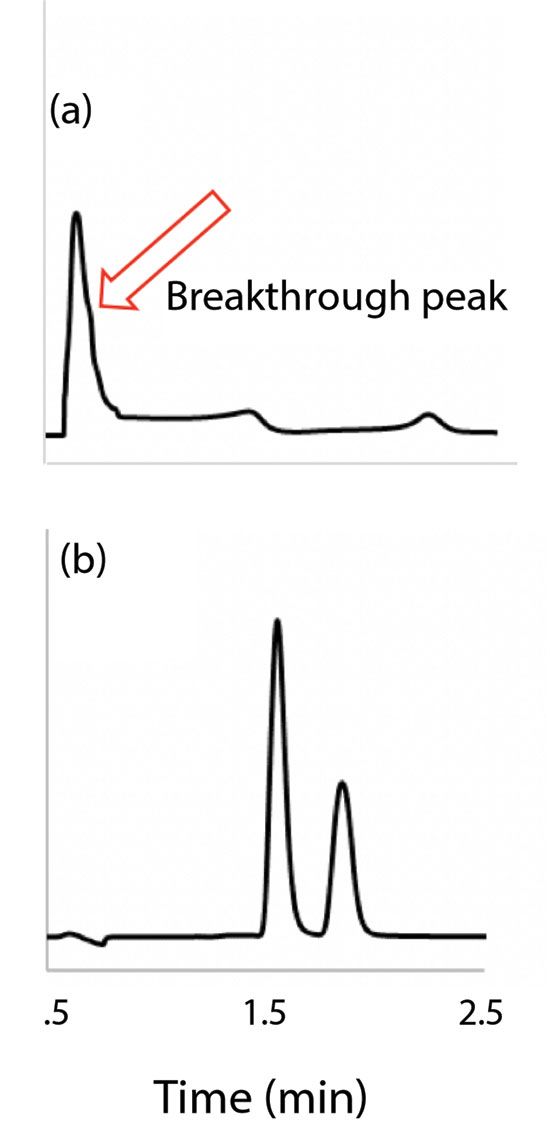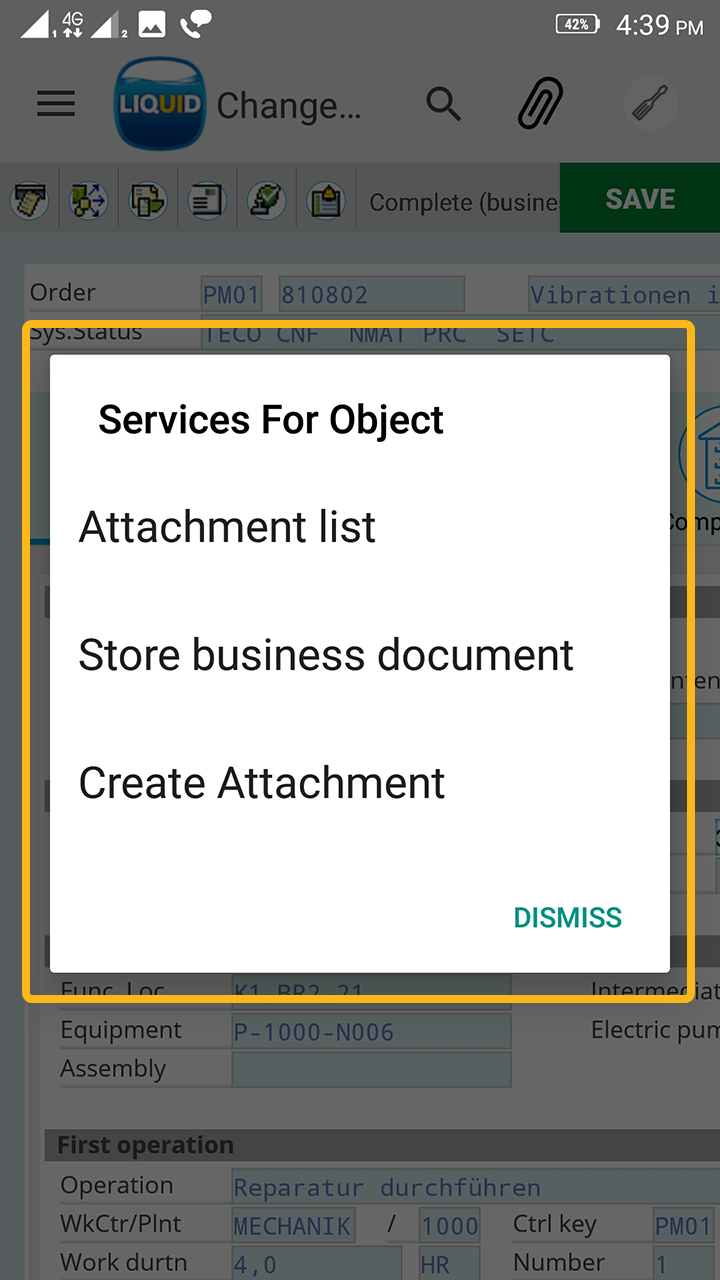

Microfluidics is an integrative domain originating from a mix of microanalysis, biodefence and microelectronics down to the micrometric and sub-micrometric scale. These are highly advantageous since they allow a high degree of analytical flexibility in a lab-on-a-chip system while keeping the small size of the device. Sensors have been elaborated using nanomaterials such as carbon nanotubes, suited to apprehend very low volumes like a single cell sample or even smaller samples. Nanosensors are a primary component of many lab-on-a-chip systems. Nanofluidics examines the behaviour, manipulation, and control of fluids that are limited to structures of nanometric (10-9 m) dimensions. The one encompassing the whole concept is nanofluidics. They make use of various types of technology. These mechanical miniaturized systems are composed of some substrates (silicon, glass etc.). MEMS are information sensors that relay information to a microcontroller that performs the analysis. Lab-on-a-chip devices are a subdivision of Micro-electro-mechanical systems (MEMS) devices and often indicated by “Micro Total Analysis Systems” (µTAS). It also allows reduces exposure to dangerous chemicals.


Fluids’ behaviour at this scale makes it easier to control the movement and interaction of samples, causing reactions to be much more potent, and minimizing chemical waste.

Samples analysis can occur on location, where the samples are generated, rather than being carried to an extensive laboratory facility. There are many advantages to operating at this scale. It integrates and automates multiple high-resolution laboratory techniques such as synthesis and analysis of chemicals or fluid testing into a system that fits on a chip. To have a look at the many technologies in the field, you can check out the only distributor specialized in microfluidics, Darwin Microfluidics.Ī lab-on-a-chip (LOC) is a device performing on a miniaturized scale one or several analyses commonly carried out in a laboratory. It is cheap as it does not involve the use of various costly equipment. Microfluidics have diverse assets: faster reaction time, enhanced analytical sensitivity, enhanced temperature control, portability, easier automation and parallelization, integration of lab routines in one device ( lab-on-a-chip). To learn more about microfluidics applications, visit our dedicated review here. The microsystems execute functions that extend from detecting toxins to analyzing DNA sequences or creating inkjet printing devices. The microfluidic chip is elaborated so that the incorporated automation allows the user to generate multi-step reactions requiring a low level of expertise and a lot of functionalities. They have the capacity to both process and analyze samples with minor sample handling. They also offer an excellent data quality and substantial parameter control which allows process automation while preserving the performances. Many operations can be executed at the same time thanks to their compact size, shortening the time of experiment. Microfluidics allow the analysis and use of less volume of samples, chemicals and reagents reducing the global fees of applications. Microfluidic devices offer several benefits over conventionally sized systems. Microfluidic devices exploit the physical and chemical properties of liquids and gases at a microscale.


 0 kommentar(er)
0 kommentar(er)
